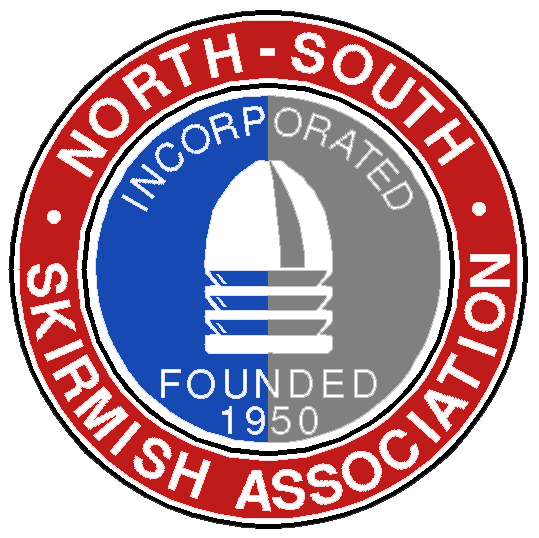The Civil War era saw many changes in military small arms. For a modern shooter though, this can present a problem in learning the different terms used to describe them. This blog will lay out a guide for quickly understanding the differences between four of the most popular terms used to describe them.
Musket: This was the primary military small arm from the late 1600's until the mid 1850's. These were smoothbores with flintlock ignition until the adoption of the percussion cap replaced them. The normal load was a round ball that was somewhat undersized for ease of loading. It was the Americans though that invented the buck-and-ball charge which added three buckshot to the round ball, and significantly increased the chances of getting a hit. Muskets were rarely fitted with rear sights. The expectation was that the average solider wasn’t a good enough shot to make aiming worthwhile. Although considered obsolescent at the time of the Civil War, the demand for small arms was so great that vast numbers were issued and many were used especially in the early days of the conflict.
Rifle: Obviously, the term 'rifle' derives from the rifling that was added to the barrel. They were issued to light infantrymen and skirmishers who screened and harassed larger units armed with smoothbore muskets. American military rifles settled on .54 caliber as the first standard for these type of arms. Rifles were loaded with patched round balls which slowed loading but dramatically increased accuracy. During the Civil War, rifles were issued with Minie ammunition and some were bored out to take the standard .58 rifle-musket ammunition.
Rifle-Musket: The development of the Minie ball created a muzzle-loading arm that could be loaded with the speed of a musket yet shoot with the accuracy of a rifle. But it's introduction created an interesting problem for the British as their riflemen wore a different uniform from their musket-armed infantrymen. The British solution was to call their new Enfield Pattern 1853 a “rifle-musket”, which eliminated a costly clothing bill! The term though actually became a useful tool for keeping track of what infantry arms were designed from the outset to fire Minie (or compression) bullets.
Rifled Musket: Rifled muskets came from attempts to retrofit smoothbore muskets with rifled barrels and rear sights. They weren't known to be as accurate as a designed-from-scratch rifle-musket and the ammunition was much heavier, but they were better than a smoothbore. Many of the Model 1842 smoothbore muskets were rifled in the years before the Civil War.
The North-South Skirmish Association (N-SSA) was formed in 1950 to commemorate the heroism of the men, of both sides, who fought in the American Civil War. The N-SSA promotes the safe and competitive shooting of Civil War firearms and artillery while wearing Civil War uniforms. There are currently over 3,500 members composing over 200 units (teams). An N-SSA unit must represent an actual unit that existed during the Civil War, so you'll see units from all over the Union and Confederacy, competing in a friendly and family oriented atmosphere. Click here to learn more about the organization and make plans to attend a skirmish!
Mike McDaniel has been a member of the N-SSA since 1978 and is currently a member of McGregor’s 2nd Battery, CSA. He is a second generation skirmisher and grew up at Fort Shenandoah. While he shoots musket and carbine his greatest passion is the revolver where he has won six national N-SSA championships and over 150 revolver DSCA points. He also has the honor to be Deputy Team Captain for the United States International Muzzle-Loading Team (USIMLT).

